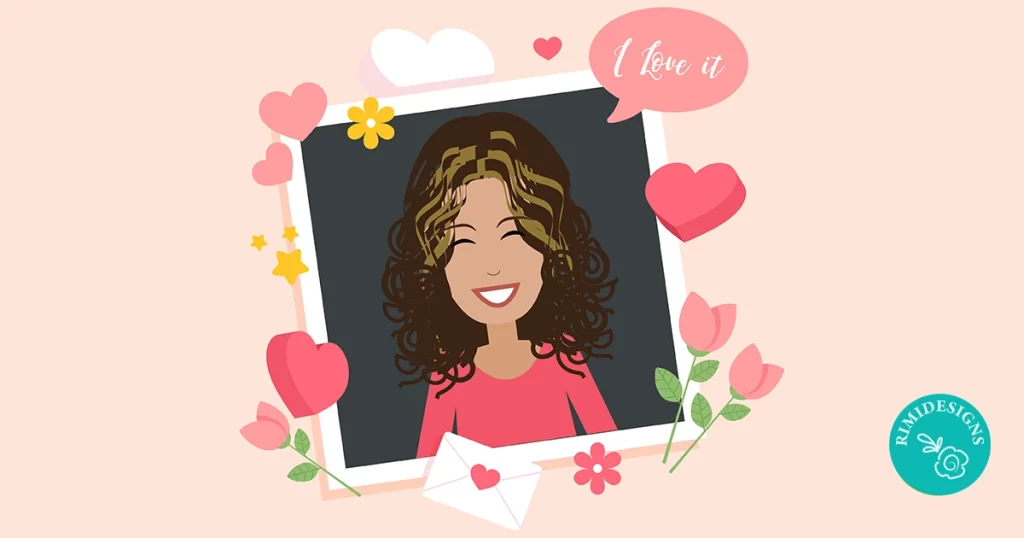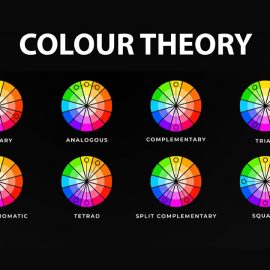
8 Tips for Choosing Perfect Images for Your Website
In this article, we discuss 8 simple tips for choosing the perfect images for your website. Following them will make your website more visually appealing, while also converting a higher number of visitors into leads and increasing visitor on-page time too.
1. Play on their heart strings
Any image you can find which influences the emotional state of your viewer has more power than you can possibly imagine. Remember that the emotions displayed within a given image can and will affect the emotions of your audience. So if you want to create feelings of happiness, then simply use pictures which show people celebrating life and being happy.
Choosing images which convey and create the exact emotion you want associated with your brand or product can either make or break your web advertising efforts. Emotive imagery is also likely to be remembered by people visiting your website, but you do need to be careful about which emotional states you create for them.
2. Stay Focused
It’s all too easy for a web designer or business to forget that the images being uploaded to their website don’t need to appeal to them. It’s the target audience which matters most here. So although you might just love pictures of cute puppies playing in fields, that doesn’t mean you can or should use irrelevant images as part of your overall web design plan. The more focused you stay on your marketing message, including using only relevant images, the more successful your final “product” will be.
3. Sticky imagery
Images which create a lasting impression on a visitor are worth their weight in gold, but they’re not always the images you most expect people to remember. In fact, the images you least expect people to associate with are usually the ones they remember the most.
Ideally your “sticky” images will stay with your visitor long after they’ve left your website and possibly even cause them to share it on social media, which is the best possible outcome for your business.
4. Influence
The images you use on your website must become part of the “story” you’re telling your visitor, with the goal of leading them to take a particular course of action, e.g. calling you for a quote or maybe submitting their email address to receive additional information from you.
Your images help you convert visitors into leads and sales just as much as your text does. So bear that in mind when choosing every single image.
5. Evergreen imagery
There’s a very strong chance you’re not going to change the images on your website on a regular basis or at least not the main ones. To that end, you need to make sure that the range of images which make up your online gallery are timeless by their very nature.
The imagery on your website should look as fresh in 2 years time as it does today. If you suspect that won’t be the case, then choose a different set of images or theme for your online presence.
6. Brand alignment
Every single image, from the smallest bullet point to the largest logo, should align itself perfectly with your particular brand. If you look at the brand names which have managed to stick around for well over a century now, you’ll notice that they have almost exclusively used images which complement their brand, never straying from their core marketing message.
Remember that you have about 10 seconds to convince a visitor to stay on your website. Thus your images need to tell them they’ve come to the right place and to stick around for a while.
7. Distraction
The very last thing you want to happen is for your images to draw your visitor’s attention away from the course of action you want them to take. In fact, the only reason you would ever use a distracting image is if you want your visitor to pay particular attention to that aspect of the website instead.
Remember that when people look at a screen, they use something called “foveal view”, which means that they can only really focus on about 20% of whatever part of your website they’re staring directly at. So you need to take that into account.
8. Pixel perfect
There’s very little point in including grainy, low resolution images on your website, even if they are aligned with your brand, focused on your message and evergreen in nature.
This aspect of web design has always been important but is even more so now in the age of mobile web browsing. You need your images to be high-quality and to be optimised to load quickly.
It might sound like the world’s greatest case of stating the obvious, but unless your website has an array of consistent, focused, high-quality images on it then your visitors will lose interest almost immediately.
SOURCE: Web Design Library
Need a professional looking website?



